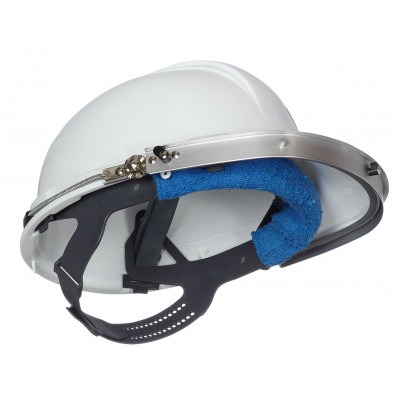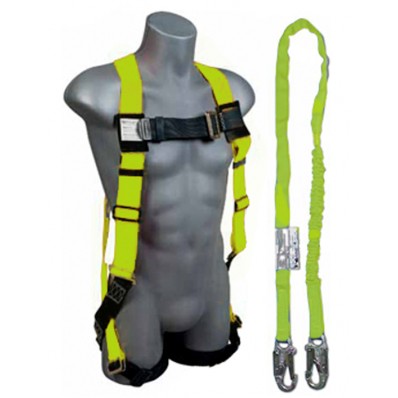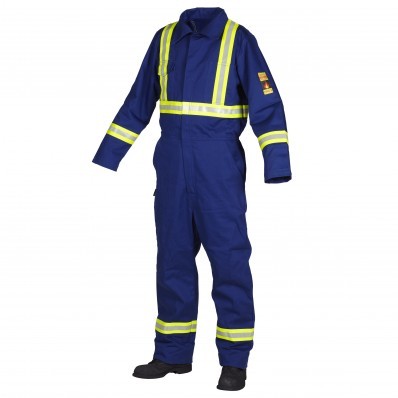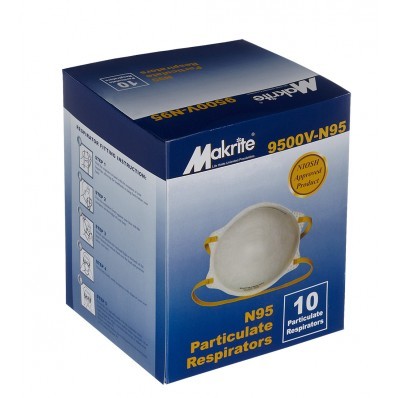Top 5 Construction Site Safety Hazards (And How To Avoid Them)
Accidents occur every day in the construction industry. It’s your job to know the hazards you can encounter on a work site and do everything you can to avoid them and do the best at your job.
Listed below are just a few of the main hazards that are encountered on a typical construction site and our tips on how to avoid them.
1. Struck-by Occurrences
Whether you’re working on a busy interstate or performing underwater welding, the danger of getting struck by an object on a construction site is a common occurrence. And alarmingly, it seems to be on the rise.
Vehicle hazards are a big part of this statistic. Make sure that your site safety rules include clear vehicle routes and that employees know how to avoid positioning themselves between moving and fixed objects.
Misuse of heavy equipment such as cranes and forklifts also contributes to these types of injuries. Make sure that your employees are properly trained on the safe use of this equipment and you’ll avoid injuries to both their drivers and their team members.
ForceField Terrycloth Hardhat Sweatbands
2. Working at Height - Falls
While struck-by incidents have recently been on the rise, injury caused by falls may be the most common of all construction site safety hazards. Falls consistently rank as one of the leading causes of workplace injury year-over-year. Falls can happen in any workplace, but if you work on a construction site you’re naturally exposed to more risks.
The construction of buildings – or indeed, demolition works – frequently requires tradesmen to work at height. Fatalities and injuries involving height relating factors account for many accidents each year. The risks associated with working at a height are often increased by added access and mobility restrictions. Training, including safety awareness training is essential for employees required to work at height.
ForceField Harness & Lanyard With Mesh Carrying Bag
3. Electrical Hazards
Anyone working with live electricity knows the dangers. However, risk of electrocution remains a common safety hazard for construction workers. Often, injuries and fatalities from electrocution occur due to a breakdown in communication on the job site.
Before starting any work, locate and identify utilities. If your employees are using equipment, make sure they’ve located overhead power lines and are familiar with the minimum safe distance requirements.
Providing your employees with portable tools that are grounded or double insulated and using ground-fault circuit interrupters (GFCIs) wherever possible can also prevent avoidable accidents. As previously mentioned, scaffolds, ladders, and platforms pose special safety risks, so make sure your employees are trained to avoid related electrical hazards.
Minimize risks by: allowing only qualified electricians to undertake electrical works; adding safety warnings and barrier systems to protect those working alongside overhead cables and power lines; implementing good practice for workplace organization and phases of work, to reduce risk of incidents.
ForceField Hi-Vis FR Safety Coverall
4. Noise
Noise is a major hazard within the construction industry. Repetitive, excessive noise causes long term hearing problems and can be a dangerous distraction, the cause of accidents. Minimize risks by: correct use, checking and maintenance of PPE; additional noise risk assessments for workers and the public; role-specific risk assessment for workers undertaking particularly hazardous activities, such as using noisy ground-breaking equipment.
5. Hazardous Materials
Construction sites are often filled with hazardous materials that can range from toxic airborne materials which affect respiration to chemical spills which can burn or release toxic fumes.
Minimize risks by: implementing protocols for correct use, checking and maintenance of PPE; full risk assessment which includes storage and handling of harmful materials as well as good practice methods of movement, disposal and clearing of harmful materials; published emergency protocols to follow in the event of accident and spillage, to minimize risk and exposure to staff.
ForceField NIOSH N95 Disposable Cone Respirator
Recent Posts
-
Canada Day Office Closure
In celebration of Canada Day, our team will be out of office on Tuesday, July 1st. We’ll be av …27th Jun 2025 -
Victoria Day Office Closure
Please be advised that our office will be closed on Monday, May 19th for the Victoria Day holiday. R …16th May 2025 -
Closed for Good Friday – Back Monday, April 21st
Our showroom will be closed Friday, April 18th for Good Friday. We’ll reopen Monday, April 21s …17th Apr 2025








